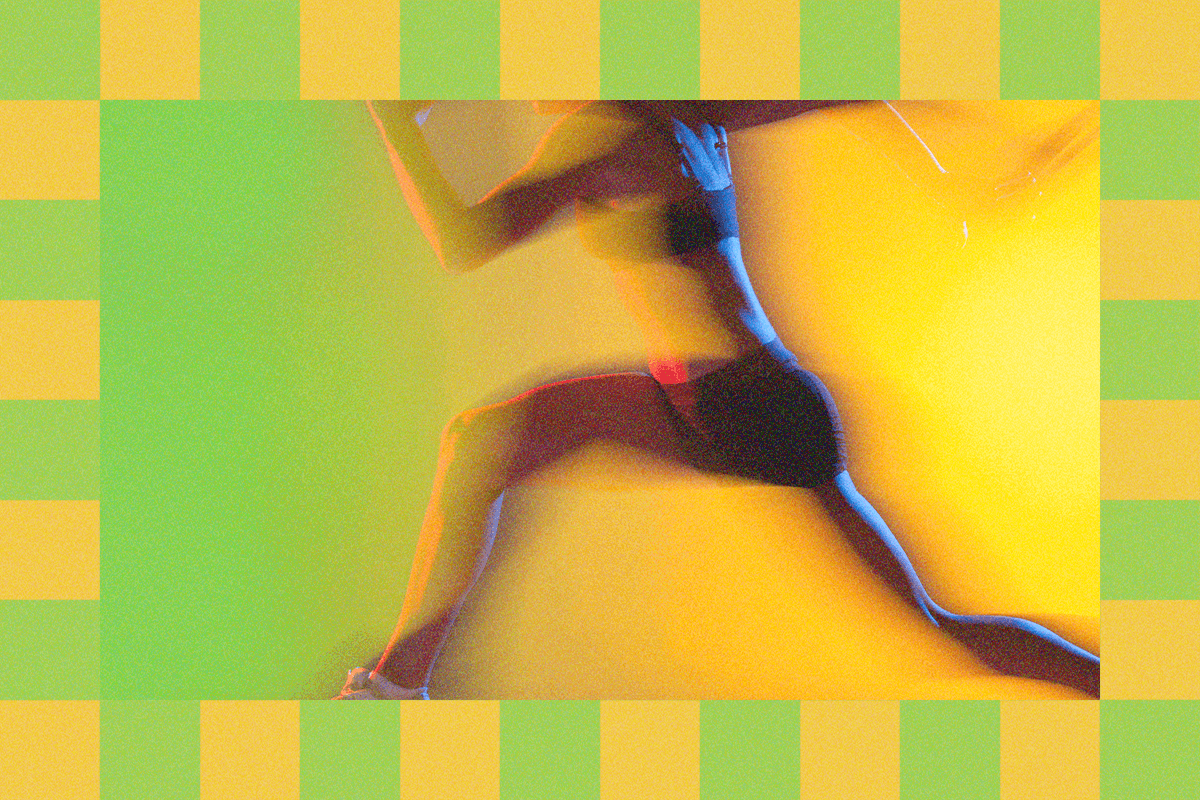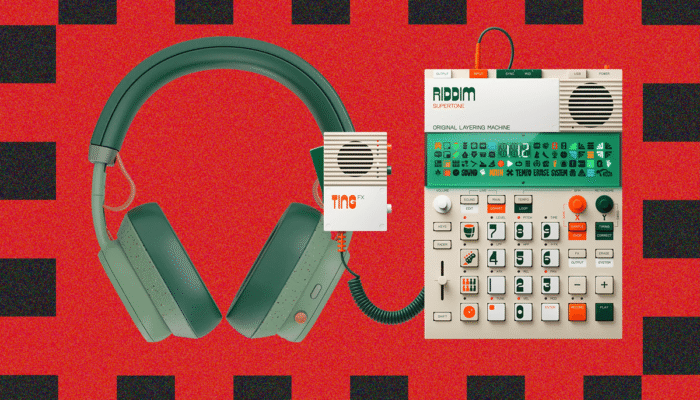All products featured on WIRED are independently selected by our editors. However, we may receive compensation from retailers and/or from purchases of products through these links. Learn more.
You’d think cold plunging would be a straightforward task. Strip down to your swim suit, take a controlled breath, and calmly get into the freezing water to see how long you can last. But as with any wellness trend that purports to offer myriad physical benefits, there are important caveats to consider.
The experts suggest that launching yourself into a cold plunge pool at the right time can make all the difference to how you feel and how effectively you work out. It can also change, depending on what type of exercise you have planned. If you’ve invested in one of the best cold plunge pools, or simply want to make use of the ice bath in your local gym, here’s what the experts suggest to gain the best results from your cold-plunge practice.
Why Cold Plunge?
Immersing your body in ice-cold water may sound like a fun thing to do when you’re too hot and on vacation in the Bahamas. But on a rainy workday in midwinter, it fast loses its appeal. When carried out responsibly, the practice of getting into water between 10 to 15 degrees Celsius (50–60 Fahrenheit) for one to five minutes after a workout can be very beneficial for some, however.
“Cold plunging can be done in a dedicated plunge pool, an ice bath, or even a cold, natural body of water,” says Mohammed Enayat, a general practitioner and founder of longevity clinic HUM2N. “While some people try it purely for the invigorating feeling, there is now solid scientific evidence that cold-plunging offers a number of health benefits. Studies have shown that cold immersion can reduce muscle soreness, support recovery post-exercise, stimulate circulation, and boost your mood by triggering the release of endorphins and norepinephrine.”
Enayat also notes that cold plunging may also turn white fat into beige or brown fat, which is the “good fat” that burns calories and generates heat.
While these mind and body health benefits sound enticing, when you cold plunge matters, and it can have an effect on how successfully you train. It’s also important to note that cold plunging isn’t right for everyone. If you have heart or circulation issues, it can put sudden stress on your heart and nervous system. If you have any health concerns or are unsure whether you can cold-plunge, you should always consult your doctor before dipping into the ice.
Where to Cold Plunge
The beauty of ice bathing is that you don’t need to broadcast your plunge on socials to enjoy the process. You don’t need an expensive gym membership either. For most, it can be easy to cold plunge from the comfort and privacy of your own home in a number of ways. Online, you can find plenty of dedicated cold plunge pools for use in or around your home and yard. CalmMax, Hydragun and Sun Home Saunas are just a few of the brands that sell easy-to-inflate pop-up cold-plunge pools with prices starting at $50.
You will have to pay a premium for designs with a dedicated filter that can also chill the water to a precise temperature, however. Otherwise, you’ll have to make use of a cold tap and a few buckets of ice.
Another option is to fill your existing indoor bath up with icy cold water. If you’re still wincing at the thought, turning the dial to cold at the end of your shower may be another route into experiencing some of the benefits of cold-water therapy. Shower company Mira launched a guided cold water digital shower, called the Mira Activate with ColdBoost. It comes with a selection of timed cold-water shower modes that incrementally lower the temperature of your shower to get you used to the process. It’s surely only a matter of time before more bathroom companies follow suit and make it a standard offering in shower design.
Polar Monkeys
Brainpod 2.0
Should You End on Hot or Cold?
If you’ve come across the term “contrast therapy”—the practice of alternating between hot and cold for the physical and mental benefits—you’ll know it’s fast becoming a popular practice in fitness circles at the moment. You move between the sauna, the hot tub, and either an ice bath or cryotherapy chamber.
While it has long been used in sports and physical therapy, there are now dedicated wellness centers that offer “contrast therapy routines,” with breath work, mindfulness, and red light therapy sessions thrown in for good measure.
But how do you do it on your own? Should you end on hot or cold? Do you still get the benefits if you immediately go into a hot tub after cold-plunging?
“The rapid change in hot and cold in contrast therapy stresses the cardiovascular system in a positive way and can improve circulation, recovery, and mental resilience,” says Gary Brecka, founder of The Ultimate Human. “But I always recommend ending on cold, as cold keeps your core temperature lower and prolongs the metabolic and hormonal effects. Going back to hot right after cancels some of that benefit.”
When to Cold Plunge
So should you cold plunge before or after a workout? It all depends on what type of exercise you’ve done and what your end goal is. The general consensus among fitness circles is that cold plunging is best done after cardio-specific workouts or at the start of the day, but not before a workout.
“Cold-plunging is best done after cardio or first thing in the morning, but not right after weight training,” explains Brecka. “Cold exposure before a workout can also reduce muscle temperature and blunt the body’s natural signals for strength and growth. While post-cardio plunging can help reduce soreness and support recovery, doing it after lifting or before a workout may actually hinder muscle growth. That’s because cold exposure can blunt the beneficial inflammation that triggers muscle adaptation and growth.”
If you do a strength training workout, Harrison Stevens, a performance specialist at the gym Third Space, suggests waiting six hours before cold-plunging. “If the main goal is muscle growth or tendon rehab post-workout, leaving some time before cold-plunging will allow the exercise-induced inflammation to settle,” he says. “If the workout was endurance-based, then there’s no reason not to cold-plunge immediately, as it will improve recovery and your ability to go again tomorrow. After a cardio session, cold-plunging is the number one thing I want to do, as cold exposure also can spike dopamine, and it always feels great after a workout.”
Power up with unlimited access to WIRED. Get best-in-class reporting and exclusive subscriber content that’s too important to ignore. Subscribe Today.




